When you’re cooking dishes from different parts of the world, finding certain ingredients can sometimes be a challenge. Maybe your local grocery store doesn’t carry them, or they’re hard to come by without ordering online. These 11 alternatives to ethnic ingredients can help you get close to the original flavors without much effort or extra cost.
Having these swaps in your back pocket means you can dive into recipes with confidence, even if you’re missing a key ingredient. Whether you’re trying something new or sticking to a favorite dish, these substitutes are great for keeping things moving in the kitchen. Cooking should be about enjoying the process, not hunting down rare items. With a little creativity, you can make most dishes work with what’s available.

Kaffir Lime Leaves

Kaffir lime leaves are prized for their aromatic citrus fragrance, often used in Southeast Asian dishes to add fresh, lemon-lime notes. When these leaves are hard to find, fresh lime zest can be used as a replacement. To add a leafy herbal dimension, combining lime zest with bay leaves can help replicate the layered flavor. The lime zest brings citrus brightness, while bay leaves add a mild earthiness. This substitute is useful in soups, curries, and stews where kaffir lime leaves are traditionally added for their distinctive aroma and flavor.
Umeboshi Paste

Umeboshi paste is made from pickled Japanese plums and has a salty, sour, and fruity flavor that enhances many dishes. If you don’t have umeboshi paste, a mixture of plum jam or apricot jam combined with a splash of rice vinegar can be used. The jam has sweetness and fruitiness, while the rice vinegar adds the necessary acidity and tang. This combination can mimic the balance of flavors found in umeboshi paste and can be used in dressings, sauces, or as a condiment to brighten a dish.
Harissa

Harissa is a North African chili paste that combines heat with various spices such as cumin, coriander, and garlic. If you can’t find harissa, you can create a similar spicy paste by mixing chili powder, smoked paprika, cumin, and garlic with olive oil. This mixture captures the fiery and aromatic qualities of harissa, though the texture will be less paste-like unless blended thoroughly. It works well in stews, roasted vegetables, or as a marinade when you want to add a spicy and fragrant element reminiscent of harissa’s character.
Miso Paste
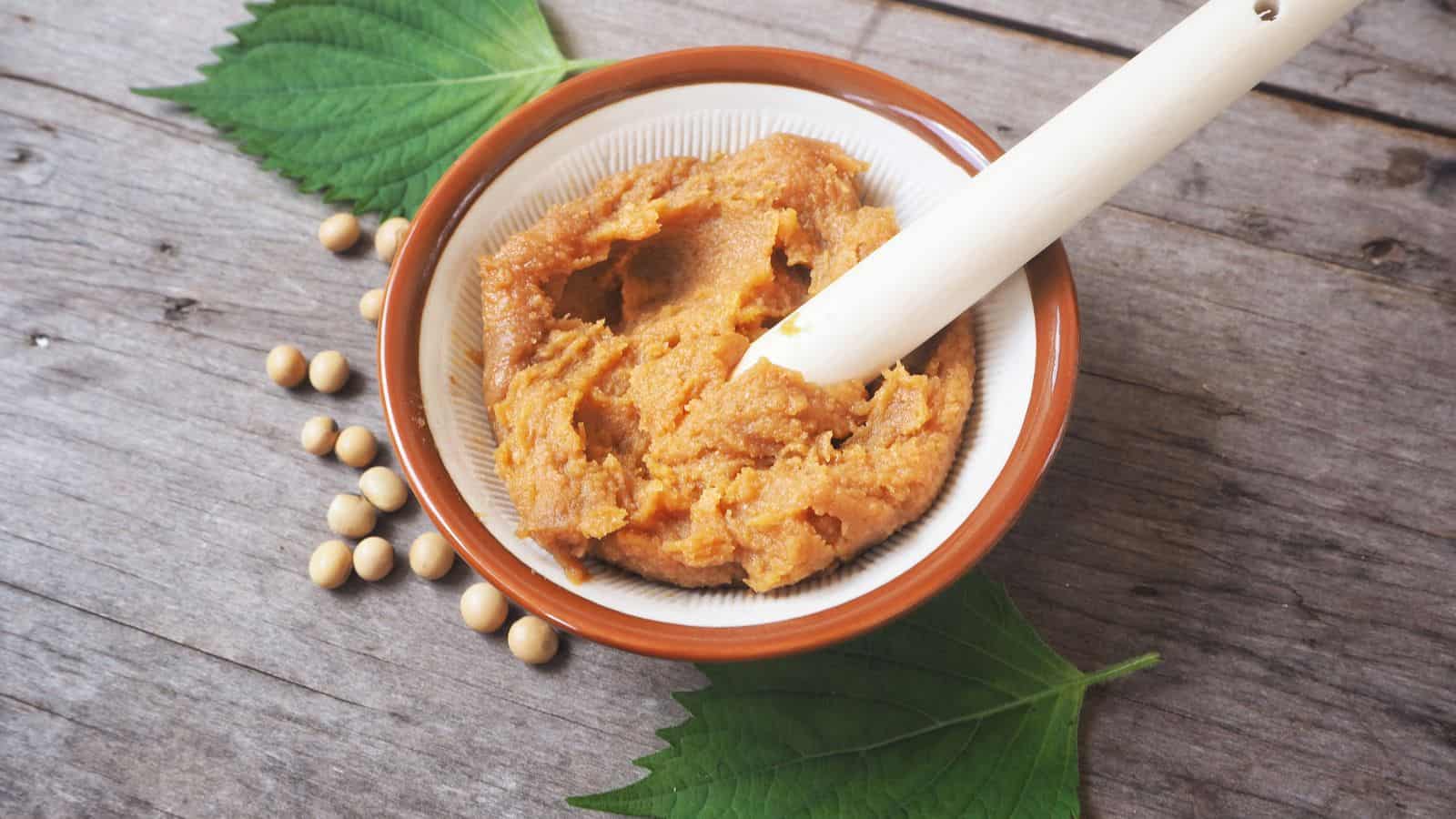
Miso paste is a fermented soybean product that adds depth and a gentle saltiness to many Japanese dishes. When miso is unavailable, a combination of soy sauce mixed with a small amount of tahini or peanut butter can serve as an alternative. Soy sauce contributes saltiness and umami, while tahini or peanut butter adds creaminess and a subtle nuttiness that helps mimic miso’s complexity. This mixture can be stirred into soups, dressings, or marinades to create a rich and savory flavor profile similar to what miso imparts.
Nori (Seaweed sheets)

Nori sheets are dried seaweed commonly used in Japanese cuisine, especially for sushi and garnishes, with a distinct oceanic flavor. When nori is not accessible, toasted kale chips or spinach leaves can be used instead. While these greens lack the salty, briny taste of seaweed, toasting them brings out a slightly nutty flavor and a crispy texture that can add interest to dishes. This substitute works well as a crunchy topping or wrap alternative when seaweed is missing.
Tamarind Paste
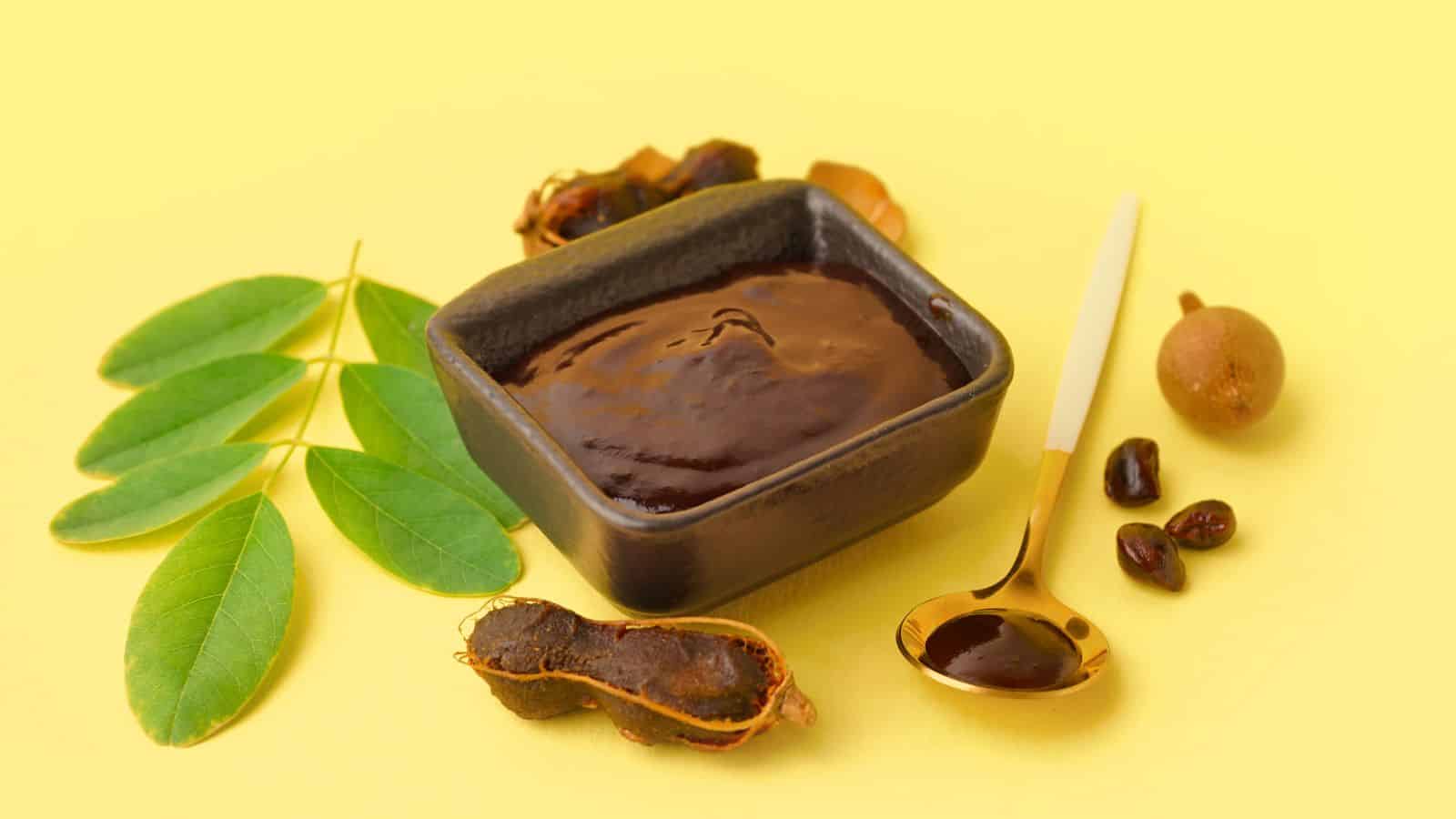
Tamarind paste is known for its tangy and slightly sweet flavor, commonly used in many Southeast Asian and Indian dishes. When you can’t find it, a simple substitute can be made by mixing lime juice with a bit of brown sugar or vinegar. The lime juice brings acidity similar to tamarind’s sourness, while the brown sugar adds a touch of sweetness to balance the sharpness. Vinegar can enhance the sour notes if preferred. This combination helps replicate the tart and fruity character that tamarind imparts to sauces, soups, and marinades.
Fish Sauce
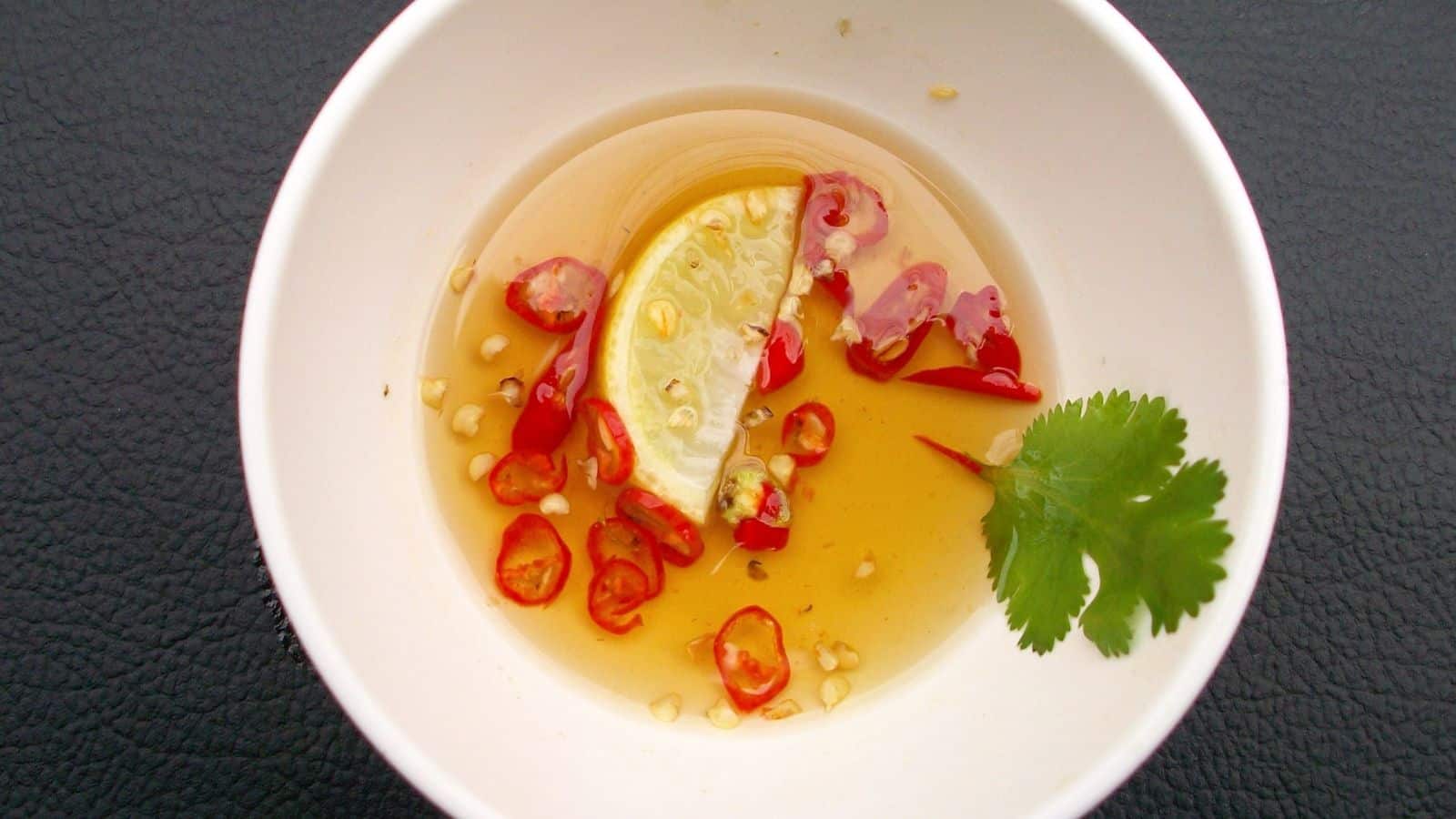
Fish sauce is a fermented condiment that adds a deep, savory punch to many dishes, particularly in Thai and Vietnamese cooking. If it’s unavailable, a mixture of soy sauce with a splash of lime juice or Worcestershire sauce can be used instead. Soy sauce contributes saltiness and umami, while lime juice adds brightness and acidity. Worcestershire sauce brings a complex flavor due to its own fermentation process. This substitute works well in stir-fries, dressings, and dipping sauces where fish sauce is called for.
Galangal
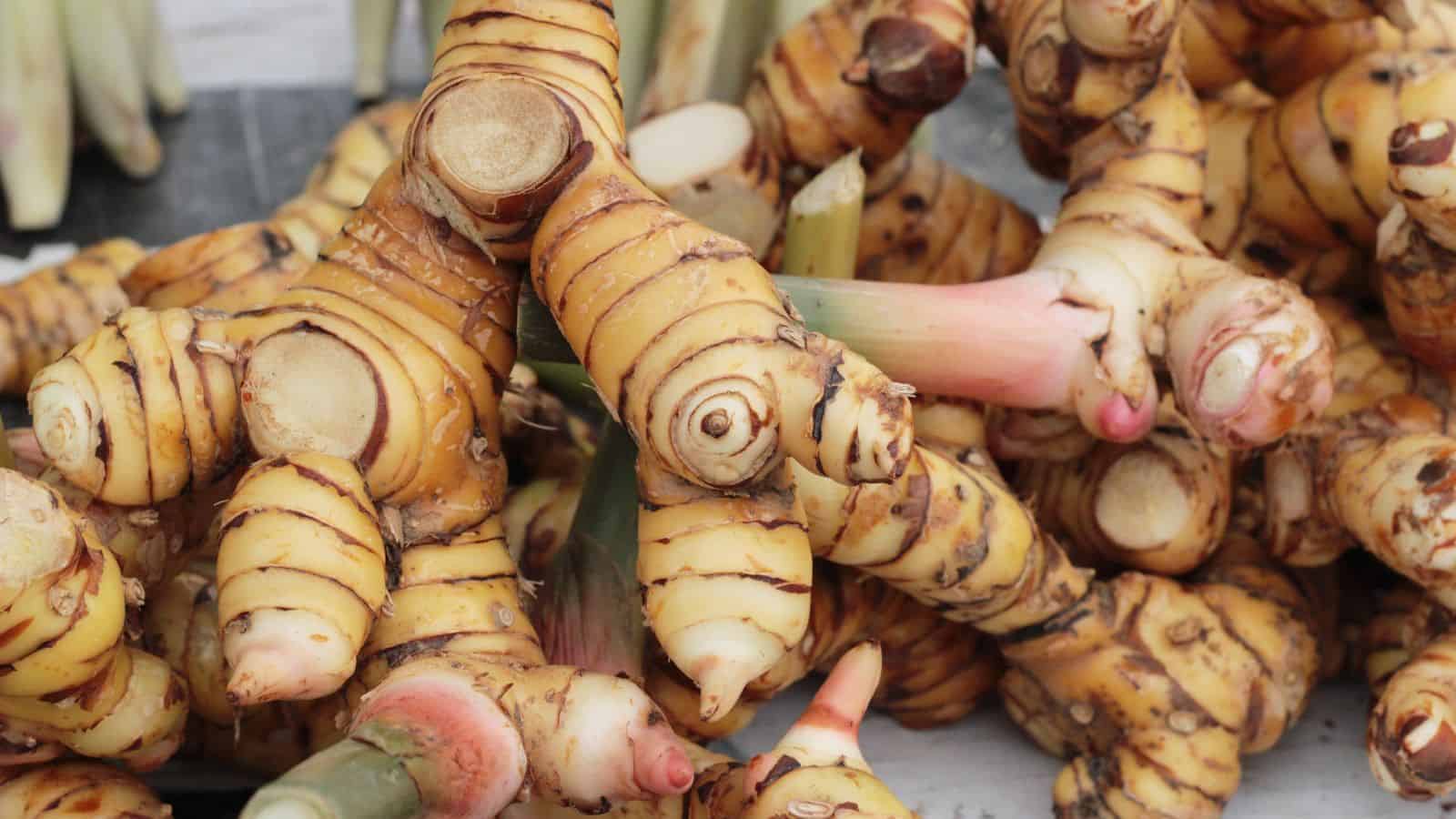
Galangal is a root closely related to ginger but with a sharper, more peppery flavor and a hint of pine. When fresh galangal is not available, fresh ginger can be used as a substitute, along with a small amount of lime or lemon zest to mimic the citrus undertones. Ginger provides warmth and spiciness, while the zest adds brightness and a subtle tang. This combination works well in soups, curries, and sauces where galangal’s aromatic qualities are important but difficult to source.
Szechuan Peppercorns
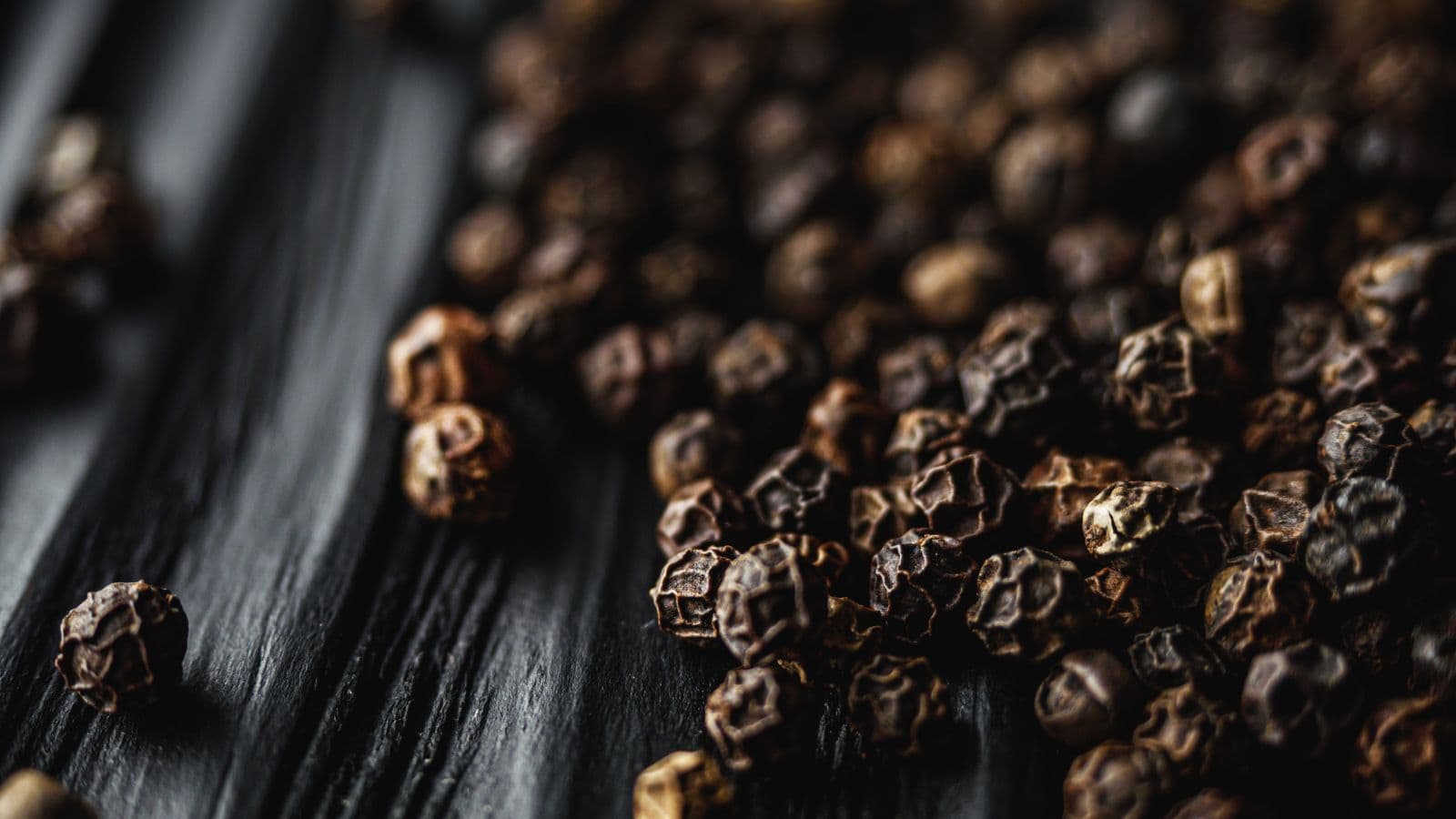
Szechuan peppercorns create a distinctive numbing sensation on the tongue along with a citrusy aroma, often used in Chinese dishes from the Sichuan region. If these peppercorns aren’t accessible, you can combine black peppercorns with coriander seeds to approximate the flavor. Black pepper adds heat, while coriander seeds lend a mild citrus note. Though it won’t produce the exact tingling effect, this mixture can bring a similar spicy and slightly lemony quality to dishes such as stir-fries, noodles, or marinades.
Jaggery
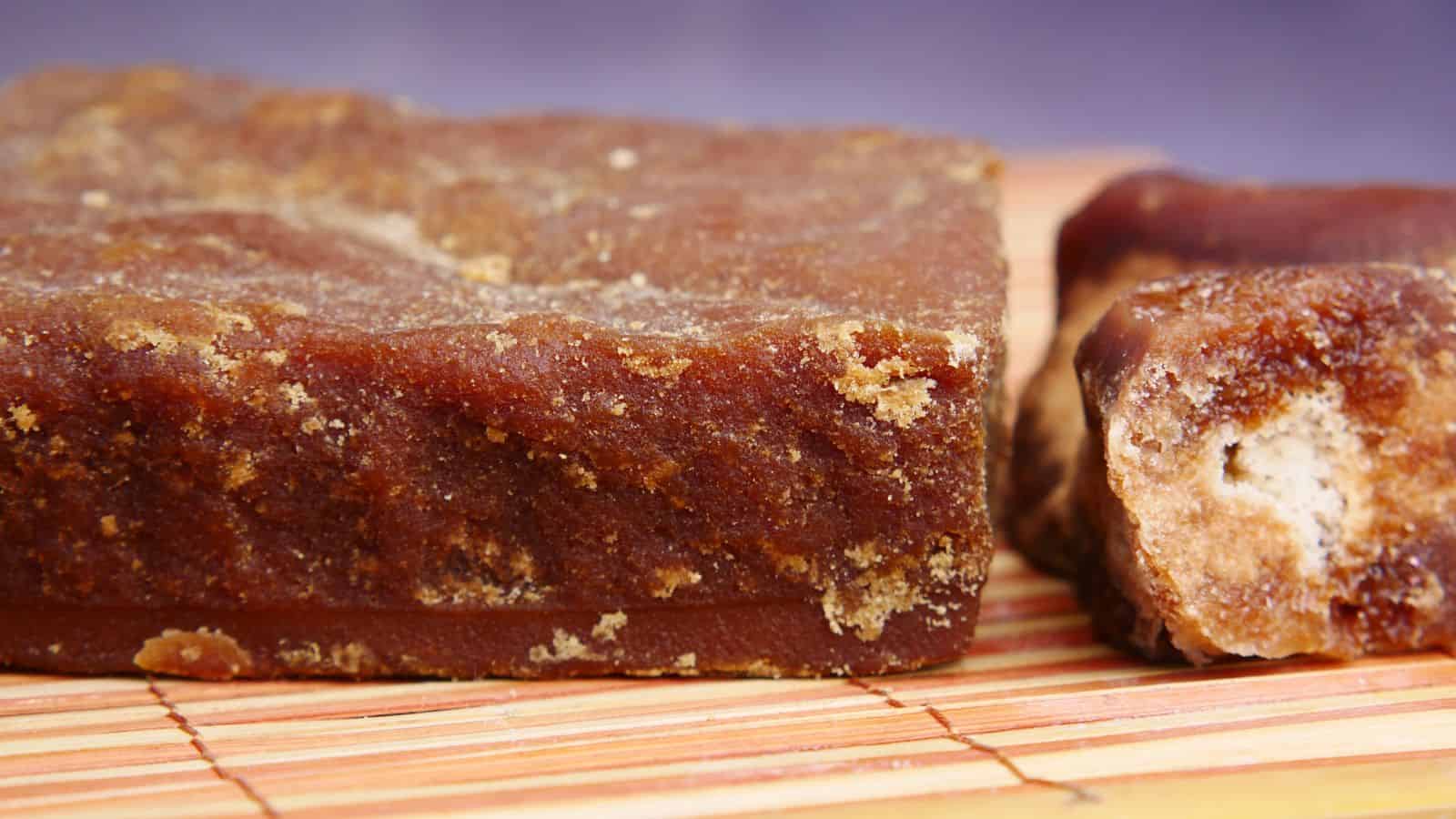
Jaggery is an unrefined sugar with a rich, caramel-like flavor often used in Indian and Southeast Asian sweets and savory dishes. When jaggery is not available, brown sugar can be used as a substitute since it has a similar molasses content and sweetness level. Alternatively, mixing molasses with brown sugar can get you closer to jaggery’s deep, complex sweetness. This substitute works well in desserts, sauces, or any recipe calling for jaggery to add a warm, sweet depth without overpowering other ingredients.
Amchur (Dried Mango Powder)
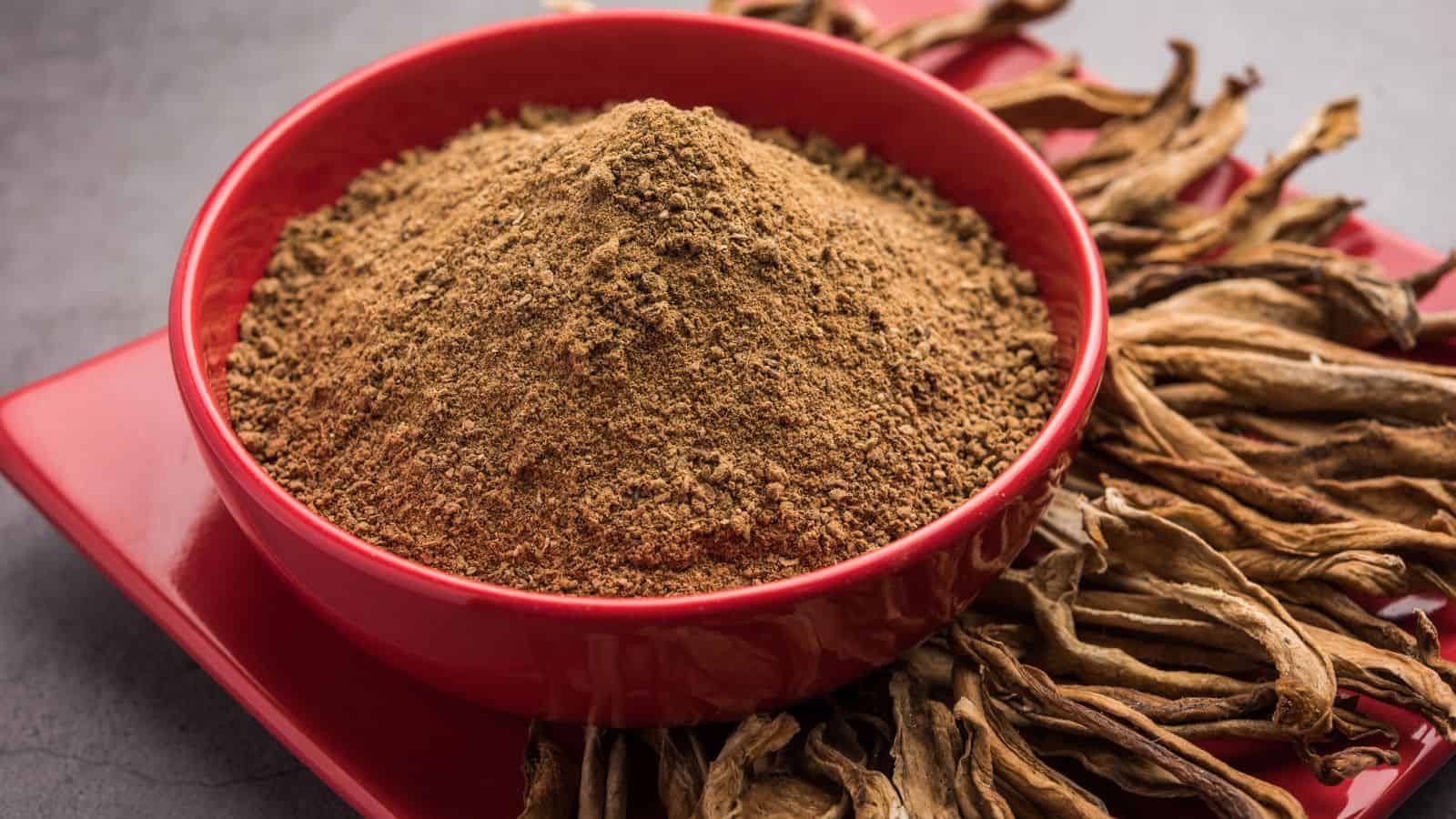
Amchur is a powdered form of dried green mango that adds tartness and a fruity note to Indian recipes. When amchur is unavailable, you can substitute it with a combination of lemon zest and a pinch of sugar or tamarind powder. The lemon zest contributes citrus acidity, while the sugar balances the sourness. Tamarind powder can also add a fruity sourness similar to amchur’s effect. This substitute works well in curries, chutneys, and spice blends where a tart, fruity tang is desired.
Swap Smart, Eat Happy

Running into hard-to-find ingredients doesn’t have to slow you down or stop you from making the dishes you want. Having a few easy substitutes ready can make a big difference when you’re in the middle of cooking. It lets you keep things simple and stress-free without losing the flavors that make the dish special.
The next time you’re missing something, don’t worry or overthink it. Use what you have on hand and keep going. These swaps are great for making sure your kitchen stays a place where you can try new things and enjoy your meals without extra hassle. Cooking is about being flexible and making the most of what’s available, and with these alternatives, you’re set to do just that.
Clever Ways to Make the Most of Leftover Ingredients

By using what’s left in your fridge, you’ll save money and make the most of what you already have. These 15 clever ways to use leftover ingredients turn ordinary leftovers into exciting snacks or meals that might surprise you. Plus, it’s a great way to get more inventive in the kitchen, finding new uses for items you might otherwise throw away.
Read it Here: 15 Clever Ways to Make the Most of Leftover Ingredients
Stock Up Your Vegan Pantry With These Essential Ingredients

Stocking up a vegan pantry can make plant-based cooking easy and enjoyable. With the right ingredients, creating delicious meals becomes a breeze. This guide highlights 11 essential ingredients that every vegan pantry should have, ensuring a variety of flavors and textures in everyday cooking.
Read it Here: Stock Up Your Vegan Pantry With These 11 Essential Ingredients


Tell Me What You Think!